Non-Hispanic Persons who report their culture or origin as something other than “Hispanic” as defined above. This distinction is made regardless of race. Race For the National Crime Victimization Survey, respondents self identify with one or more racial categories.
COE – Incidence of Nonfatal Victimization at School and Away From School
October 2020 National Crime Victimization Survey NCJ 255578 Violent Victimization by Race or Ethnicity, 2005-2019 Rate of violent victimizations From 2005 to 2019— The overall rate of violent victimization fell 26% (from 28.4 to 21.0 victimizations per 1,000 U.S. residents age 12 or older).
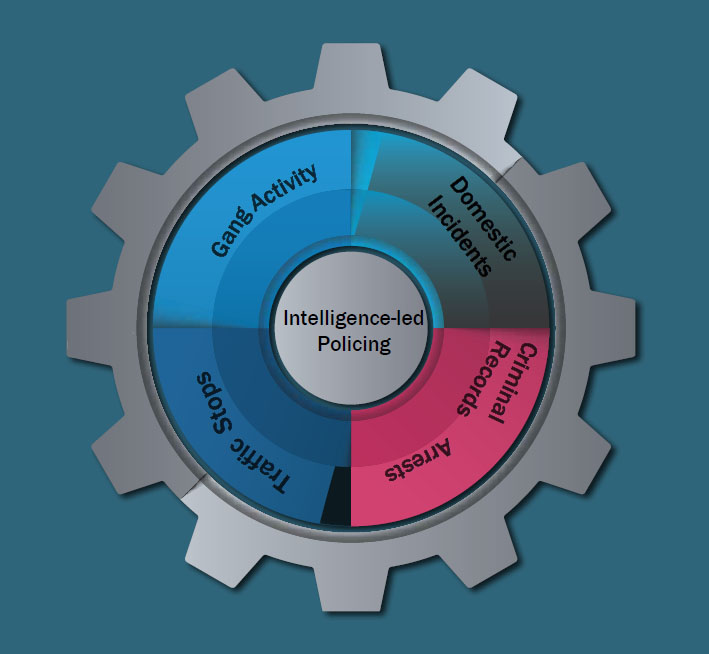
Source Image: policechiefmagazine.org
Download Image
Apr 1, 2022• Black women experience especially high rates of chronic victimization. • Hispanic women experience more persistent, low-rate victimization over time. Abstract
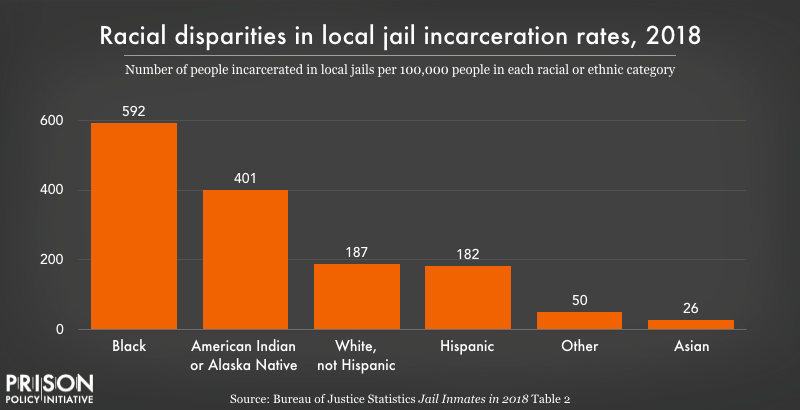
Source Image: prisonpolicy.org
Download Image
The Lancet Commission on ending stigma and discrimination in mental health – The Lancet
The results indicate that male, violent offending, peer deviance, gang membership, and low self-control were significantly associated with increased odds of violent victimization for all groups.
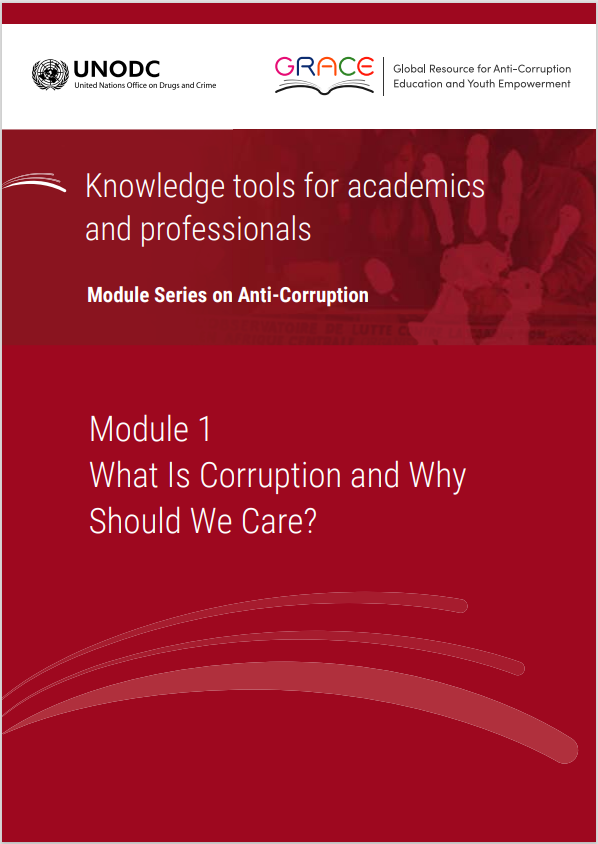
Source Image: unodc.org
Download Image
Describe At Least Three Trends Of Victimization Related To Race/Ethnicity
The results indicate that male, violent offending, peer deviance, gang membership, and low self-control were significantly associated with increased odds of violent victimization for all groups.
Introduction Key insights about crime have been derived from the study of victimization patterns and trends that are based on data gathered from victims rather than police records. Such insights were made possible by the development of population-based victimization surveys in the late 1960s and early 1970s.
Anti-Corruption Module 1 Key Issues: Effects of Corruption
Over 80% of bias motivated violent victimization is motivated by race or ethnicity and over 50% of bias victimization occurs in Non-Hispanic Whites (NHW). Our aim was to determine the risk and health impacts of race/ethnicity motivated violent victimization by victim race/ethnicity.
Community and the Crime Decline: The Causal Effect of Local Nonprofits on Violent Crime – Patrick Sharkey, Gerard Torrats-Espinosa, Delaram Takyar, 2017

Source Image: journals.sagepub.com
Download Image
Differences by Victim Race and Ethnicity in Race- and Ethnicity-Motivated Violent Bias Crimes: A National Study – Robert A. Tessler, Lynn Langton, Frederick P. Rivara, Monica S. Vavilala, Ali Rowhani-Rahbar, 2021
Over 80% of bias motivated violent victimization is motivated by race or ethnicity and over 50% of bias victimization occurs in Non-Hispanic Whites (NHW). Our aim was to determine the risk and health impacts of race/ethnicity motivated violent victimization by victim race/ethnicity.

Source Image: journals.sagepub.com
Download Image
COE – Incidence of Nonfatal Victimization at School and Away From School
Non-Hispanic Persons who report their culture or origin as something other than “Hispanic” as defined above. This distinction is made regardless of race. Race For the National Crime Victimization Survey, respondents self identify with one or more racial categories.
Source Image: nces.ed.gov
Download Image
The Lancet Commission on ending stigma and discrimination in mental health – The Lancet
Apr 1, 2022• Black women experience especially high rates of chronic victimization. • Hispanic women experience more persistent, low-rate victimization over time. Abstract

Source Image: thelancet.com
Download Image
The prevalence of adverse childhood experiences, nationally, by state, and by race or ethnicity – Child Trends – ChildTrends
gender, race and ethnicity, and low income status are considered, as are other factors that can help identify who is most likely to experience serious nonlethal violent victimization and who currently accesses victim services. The report describes trends in victimization and victim service use over time, as well as patterns for
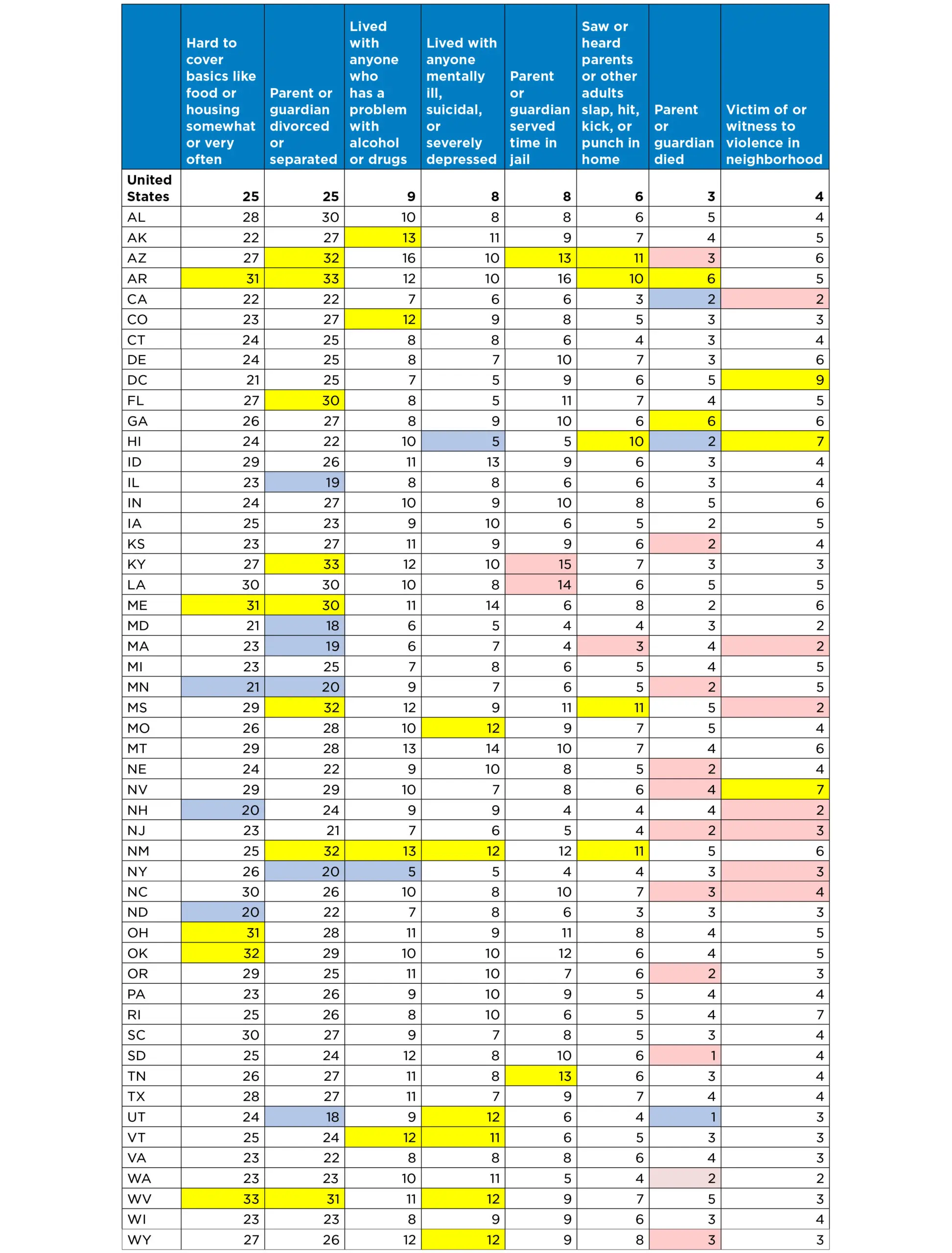
Source Image: childtrends.org
Download Image
Chapter 3 The Role of the Quality of Social Relationships at School in Predicting Students’ Endorsement of a Pre-Extremist Attitude towards Religion in: The Challenge of Radicalization and Extremism
The results indicate that male, violent offending, peer deviance, gang membership, and low self-control were significantly associated with increased odds of violent victimization for all groups.

Source Image: brill.com
Download Image
Perceptions of mental health services among the children who are in conflict with the law in Jammu and Kashmir | Cambridge Prisms: Global Mental Health | Cambridge Core
Introduction Key insights about crime have been derived from the study of victimization patterns and trends that are based on data gathered from victims rather than police records. Such insights were made possible by the development of population-based victimization surveys in the late 1960s and early 1970s.
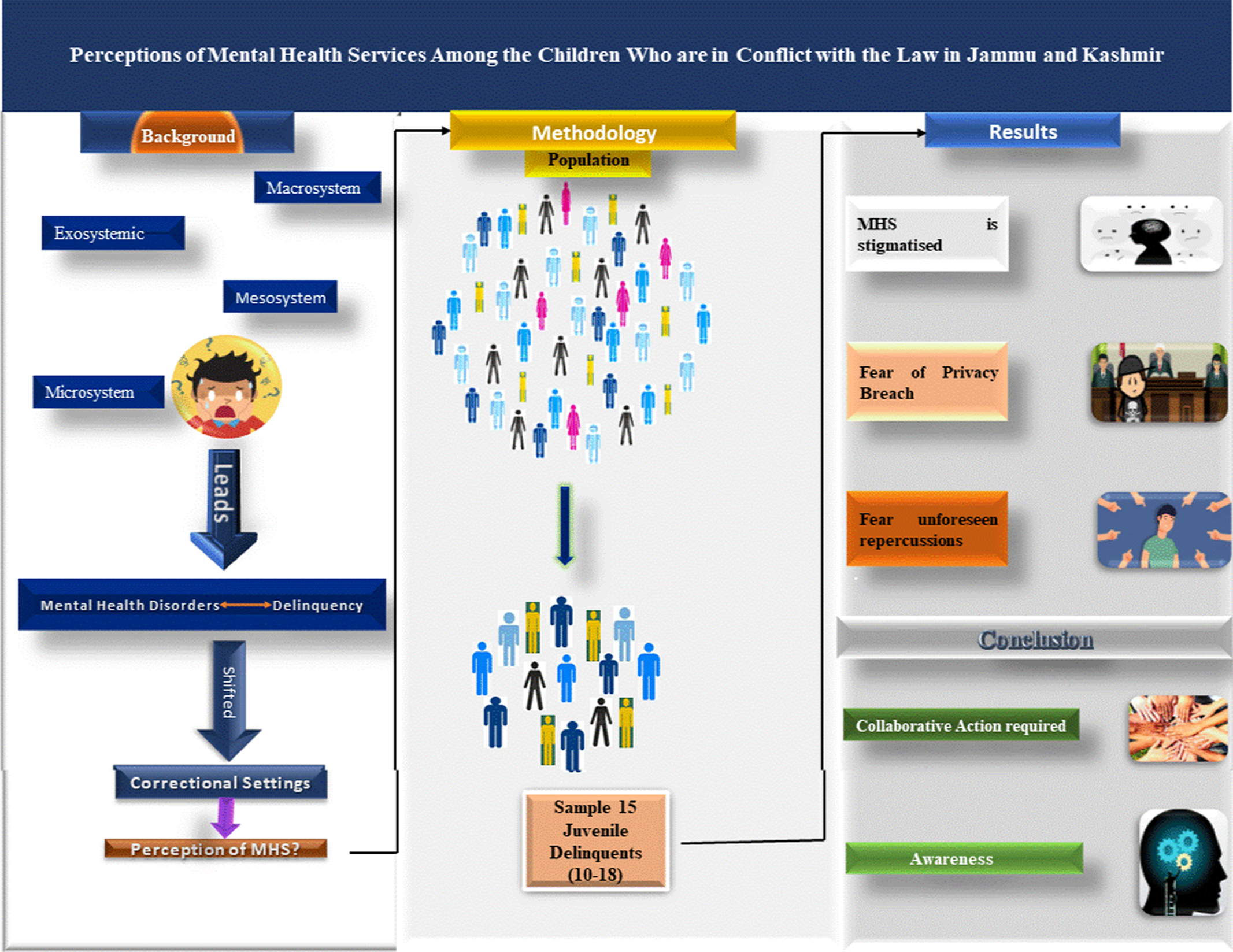
Source Image: cambridge.org
Download Image
Differences by Victim Race and Ethnicity in Race- and Ethnicity-Motivated Violent Bias Crimes: A National Study – Robert A. Tessler, Lynn Langton, Frederick P. Rivara, Monica S. Vavilala, Ali Rowhani-Rahbar, 2021
Perceptions of mental health services among the children who are in conflict with the law in Jammu and Kashmir | Cambridge Prisms: Global Mental Health | Cambridge Core
October 2020 National Crime Victimization Survey NCJ 255578 Violent Victimization by Race or Ethnicity, 2005-2019 Rate of violent victimizations From 2005 to 2019— The overall rate of violent victimization fell 26% (from 28.4 to 21.0 victimizations per 1,000 U.S. residents age 12 or older).
The Lancet Commission on ending stigma and discrimination in mental health – The Lancet Chapter 3 The Role of the Quality of Social Relationships at School in Predicting Students’ Endorsement of a Pre-Extremist Attitude towards Religion in: The Challenge of Radicalization and Extremism
gender, race and ethnicity, and low income status are considered, as are other factors that can help identify who is most likely to experience serious nonlethal violent victimization and who currently accesses victim services. The report describes trends in victimization and victim service use over time, as well as patterns for